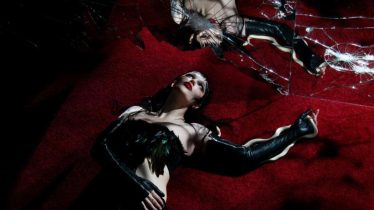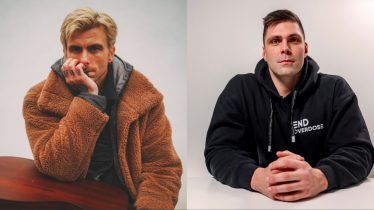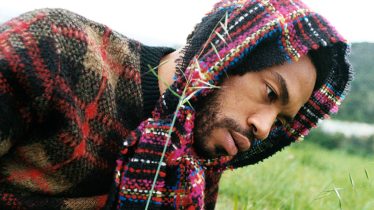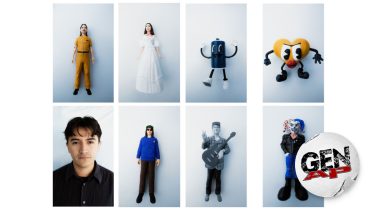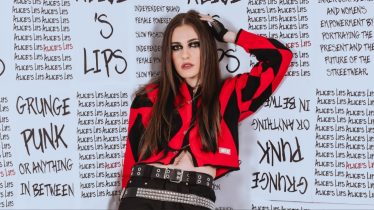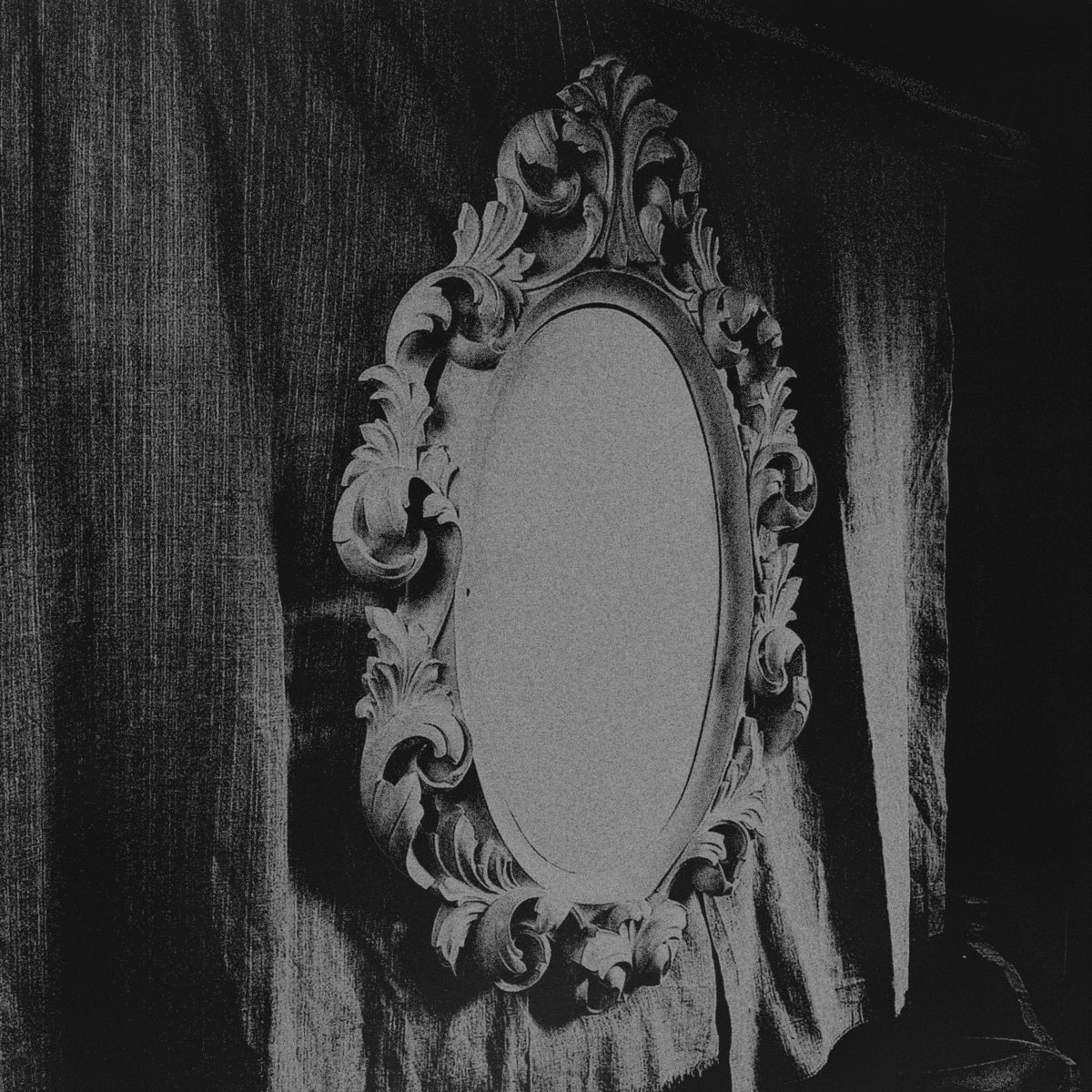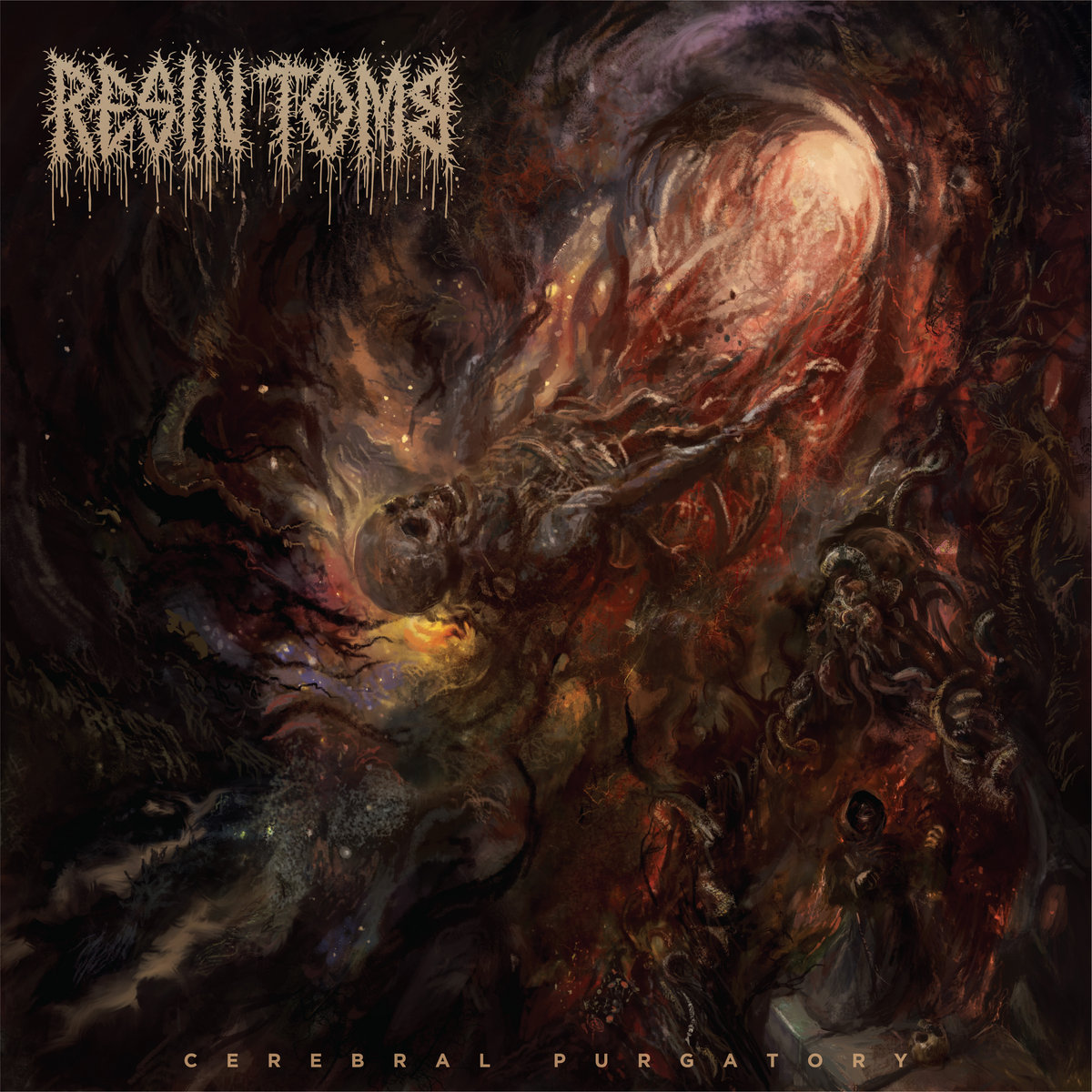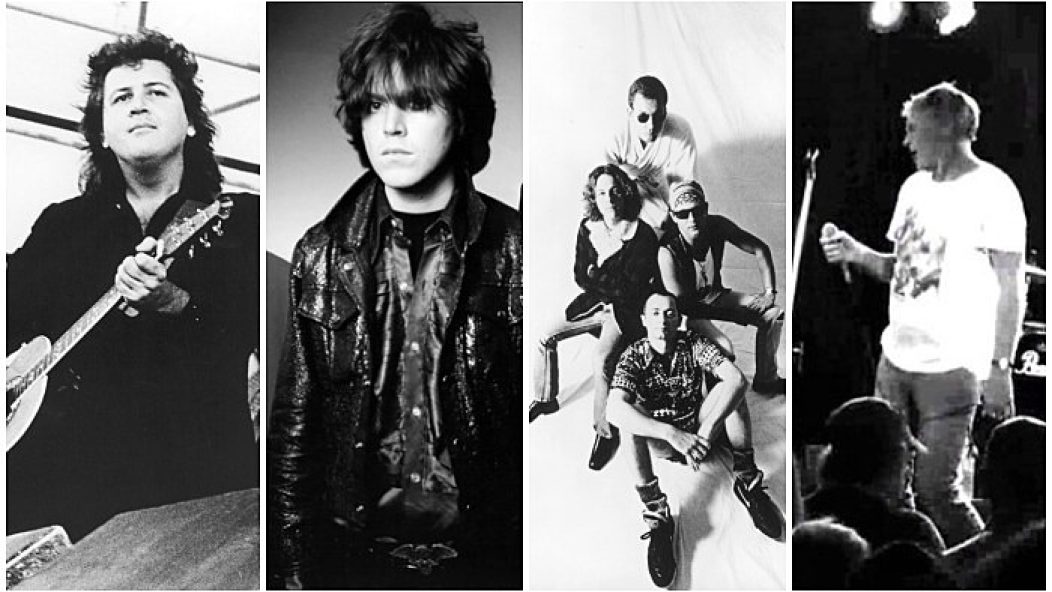
10 influential Australian punk bands who defined the nation’s current sounds
“Detroit is the capital of Australia.” That phrase got thrown around a lot in ’80s American fanzines as our underground discovered Australian punk’s loud-and-aggressive charms. The basic sound: U.S. protopunk, especially of the Stooges/MC5 variety, mixed with ’60s garage, played with thermonuclear energy through modern heavy metal amplification. There was also an especial appreciation for the New York Dolls’ rowdy glam. It was as stripped-down and unpretentious as rock ’n’ roll gets, even more so than other punk scenes. The national motto seemed to be: Forget fashion, let’s rock!
Read more: 10 essential ‘70s punk bands from Los Angeles you should already know
Oz enjoyed a particularly vibrant garage scene in the ’60s, well documented on the Ugly Things compilation series. But considering bands such as the Missing Links and the Master’s Apprentices were hit acts, it’s difficult classifying it as “garage.” Even the nation’s most celebrated beat combo, the Easybeats (featuring guitarist George Young, older brother to AC/DC’s Angus and Malcolm), pounded harder than ’60s British R&B demons the Pretty Things tackling Beatles tunes. The most mainstream rock bands in Australia are traditionally rowdier than American radio rock. Unless you’re Air Supply or Little River Band. Guess Australia’s yachtsmen have to “rock,” too.
Read more: 10 Manchester bands who cranked up the punk in the late ’70s
Ann Arbor-born Deniz Tek arrived at Sydney’s University of New South Wales in 1972 to study medicine. He became the local high priest of American underground rock, asserting his vision on local hard rockers TV Jones, preaching the gospel of the Stooges and MC5 to whoever listened. TV Jones booted him at roughly the same time wild-eyed teenage singer Rob Younger left the Dolls/Alice Cooper-aping Rats. Concurrently, some Brisbane teenagers called Kid Galahad And The Eternals revved up ’50s rock and Aussie garage influences to blazing speeds, through a surfeit of distortion. Concurrent with Kid Galahad’s renaming to the Saints, Tek and Younger’s new band Radio Birdman commenced offending Sydney pub owners.
Echoes of the classic Australian punk sound can be heard in such modern practitioners as Melbourne’s Amyl And The Sniffers or Queensland wise guys the Chats. These 10 legendary Australian punk acts are likely their schoolmasters.
Radio Birdman
Best heard on: The Essential Radio Birdman
Radio Birdman were a beast. They blazed white hot, always—no indifference in their tank. Tek fired off fusillades of crispy single notes from an Epiphone Crestwood he’d bought off MC5’s Fred “Sonic” Smith, interlocking with Canadian teenager Chris “Klondike” Masuak’s own expert guitar work. Drummer Ron Keeley and bassist Warwick Gilbert kept tempos stoked high, as Younger lunged at the audience like Iggy Pop’s Australian cousin doing all of Mick Jagger’s 1965 moves. Keyboardist Pip Hoyle added Doors-like filigrees to what was otherwise a driving guitar-based assault. When local pubs stopped hiring them due to their attitude and volume, they opened their own club, the Oxford Funhouse. They built a scene around themselves, leaving audiences agog with their Detroit-meets-Blue Öyster Cult blitzkriegs. On the back of debut album Radios Appear and shred-rock anthems such as “New Race,” their virus spread across the face of Australia. They hit England in early 1978, but the more fashion-oriented punk scene there sneered at their dressed-down long hair and denim. Their second album, Living Eyes, was tracked at Wales’ famed Rockfield Studios. It wouldn’t be released until 1981, three years after Radio Birdman limped home and broke up. They left in their wake dozens of local bands who wanted to at least assume the mantle.
The Saints
Best heard on: (I’m) Stranded
The Saints are the other undeniable opening shot in Australia’s punk revolution. As if to prove punk had no single origin point but simultaneously erupted in several locations, their 1976 “(I’m) Stranded” single was recorded almost concurrently with the Ramones’ debut album, bearing the same furious tempos, Black & Decker guitar work and raucous vocals. But as much as it unconsciously echoed the Ramones, it also resembled an old Pretty Things LP played at 45 RPM through a distortion pedal. England beckoned, then sneered at the Saints’ lack of spiky hair and leather jackets. The band didn’t think much of England, either. Singer Chris Bailey performed with an intentional laconic indifference, as guitarist Ed Kuepper wondered if there was life beyond a Gibson SG and a maxed-out MXR Distortion+ pedal flogged within an inch of their lives. Their second LP, Eternally Yours, featured the occasional horn section. Such new material as “Know Your Product” displayed a healthy cynicism of marketing and pre-fab youth “rebellion.” As did rivals Radio Birdman, the Saints limped home. Bailey carried on with various lineups, barely acknowledging their punk beginnings, as Kuepper charged into post-punk territory with Laughing Clowns. But nothing equaled the shock and awe of “(I’m) Stranded.”
The Victims
Best heard on: The Victims
“We were just trying to keep away the boredom and the feeling of being isolated and away from everything exciting in the world,” future Hoodoo Gurus singer/guitarist Dave Faulkner said of Perth’s Victims when interviewed by major rock station Double J about the city’s pioneering punks. “Because all the music we loved was far away, it was never gonna come near us. We knew that much.” In those 43 words, the author of Oz rock classics such as “I Want You Back” perfectly summarized why/how punk happened, especially in isolated areas. Faulkner (as “Dave Flick”), fellow Hoodoo Guru-to-come James Baker (drums) and Dave (“Rudolph V,” bass) Cardwell’s response? Form a band informed by U.S. punk heroes the Flamin’ Groovies, the New York Dolls/Heartbreakers axis and the Stooges. Through the inexpensive equipment they could afford, they came off as crude yet fun as second-string Britpunks like Eater. Through sheer nerves, they bashed their songs at proto-hardcore velocity. And they issued one of Oz punk’s absolute classic singles, the frequent punk compilation star “Television Addict.”
The Hitmen
Best heard on: Hitmen
The band, initially Johnny And The Hitmen, began in 1977, essentially Birdman minus Tek and Younger. Masuak’s high school friend Johnny Kannis moved Birdman’s slot MC to frontman. Upon Masuak’s return from Birdman’s fatal 1978 English tour, he and Kannis reformed the Hitmen full time. They ultimately folded hard-rock dynamics into Oz punk, with Masuak’s nimble lead guitar and Kannis’ larger-than-life stage persona pushed to the fore. They’ve existed off and on since, with Masuak exiting in 2015, relocating to Spain. Tunes such as “Bwana Devil” and “Didn’t Tell The Man” became much-revered staples of Australian punk rock.
The Scientists
Punk Scientists:
Swamp/Garage Scientists:
Best heard on: A Place Called Bad
Perth’s Scientists were essentially two very different bands playing completely contrasting music across their original nine-year history. When initially formed in 1978 by guitarist/vocalist/songwriter Kim Salmon and Victims drummer Baker, they played a rockin’, melodic punk that resembled the best parts of the Flamin’ Groovies stapled onto the hull of Johnny Thunders’ Heartbreakers. Jumpin’ raunch-guitar thumpers such as “Last Night” or “Frantic Romantic” could power an entire city. From 1982 on, Salmon led an entirely new lineup specializing in a mutant psych/swamp/garage rock equally as valid. Killers such as “Swampland” and “We Had Love” smoked equivalently.
The New Christs
Best heard on: Divine Rites
Following Radio Birdman’s dissolution, singer Younger did a number of things, including lots of production work (including most of the remaining bands listed here) and fronting the Australian/Detroit supergroup the New Race—him, Tek and Gilbert from Birdman, plus Stooges guitarist Ron Asheton and MC5 drummer Dennis Thompson. But his longest-lived association is with the New Christs, existing on and off since 1980 in various lineups, including one featuring Masuak’s knife-edged guitar work. Their sound is powerful, grinding fuzz-drenched ’60s garage riffs through modern high-gain hard-rock amplification. When they’re particularly cooking, as on 1984 single “Like A Curse” and “Born Out Of Time,” they’re the greatest rock band alive.
Celibate Rifles
Best heard on: Roman Beach Party
With Radio Birdman resting in pieces from 1978, it would be down to Celibate Rifles, formed in ’79, to assume their mantle as kings of the Sydney Stomp. High school mates Dave Morris and Kent Steedman manned twin dogfight guitars—the latter wielding the most spastic wah-wah pedal this side of Ron Asheton—as Damien Lovelock exercised the world’s most laconic snarl at the center mic. Musically, tunes such as “Sometimes” and “Jesus On TV” resembled the old Birdman blitzkrieg machine-bolted with hardcore’s intensity and velocity. But Lovelock’s very adult lyrical concerns and a musical ambitiousness tattooed an original identity atop.
The Lime Spiders
Best heard on: Headcleaner
Yet more carbon monoxide punks huffing the spirit of ’60s garage in an anonymous carport in Sydney, formed in 1979. The Lime Spiders were more overtly ’60s-inspired than other bands, though their cribbed Standells and Count Five riffs were played with the delinquent ferocity of the Dead Boys. Atop an ever-shifting support cast crunching the bones of Nuggets-style psychedelia with metallic force, singer Mick Blood strutted with the snarling charmof the Seeds’ Sky Saxon. Caveman acid-punk singles such as “Slave Girl,” “Weirdo Libido” and “Out Of Control” were some of the hardest, catchiest rockers of the decade.
Hoodoo Gurus
Best heard on: Stoneage Romeos
Ex-Victims Faulkner and Baker reconvened with other punk scene vets in 1981 as Le Hoodoo Gurus initially. In Faulkner’s words, they desired to explore “all the music I’d shut off through punk.” ’60s pop and garage, psychedelia, hard rock—all ripe for the picking, fueled by punk attitude and guitars and a deadly American trash culture obsession. On 1984 debut Stoneage Romeos, they cranked out Cramps-oid necrophilia paeans (“Dig It Up”) and the New York Dolls-ish rocker “I Was A Kamikaze Pilot,” plus the greatest power-pop single ever, “I Want You Back.” And they’ve been refining that rockin’ melodicism since.
The Hard-Ons
Best heard on: Suck And Swallow: 25 Years 25 Songs
The final band in our survey also emerged from Sydney, yet founding guitarist Peter “Blackie” Black told this writer in July 2020 that the Saints were a bigger influence on the Hard-Ons than Radio Birdman. Certainly Kuepper’s heavily distorted blur-action chords are evident in the Hard-Ons’ barely controlled guitar roar. Through brilliant singles such as “Girl in The Sweater” and “All Set To Go,” Blackie, singing drummer Keish de Silva and bassist Ray Ahn fused a trashy ball of adenoidal surf-pop melodies, Ramones-meets-hardcore energy and what sounds like 10 daisy-chained MXR Distortion+s. The Hard-Ons’ skatecore pop made them Australia’s most commercially successful independent band.
